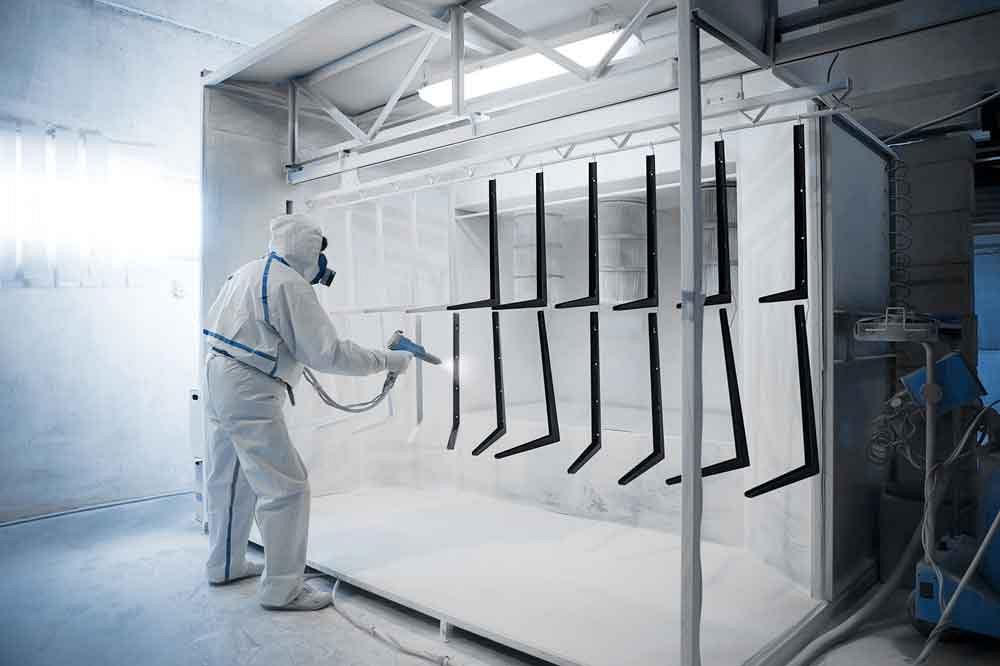 When it comes to steel, there are numerous different ways that it can be finished, with each type of finishing being more suited to a certain role and application. Understanding the differences between different steel finishing techniques can put you in a better position to choose the ideal type of steel for your next building or construction project. In this post, we take a closer look at some of the more common steel finishing techniques and the applications that best suit them.
When it comes to steel, there are numerous different ways that it can be finished, with each type of finishing being more suited to a certain role and application. Understanding the differences between different steel finishing techniques can put you in a better position to choose the ideal type of steel for your next building or construction project. In this post, we take a closer look at some of the more common steel finishing techniques and the applications that best suit them.
What are Steel Finishing Techniques?
Simply put, steel finishing techniques are different ways that steel is protected from corrosion and damage. Finished steel is most commonly used for applications where the steel will be exposed to the elements. While the techniques may differ in the specific ways that they are applied, they are generally similar in that they typically involve the addition of a protective layer on top of the steel.
1. Painting
Perhaps the most common of all steel finishing techniques is painting, although the type of paint used would typically differ from the paint used in normal paint jobs. Instead, steel is typically finished with a layer of enamel, acrylic or epoxy paints that are designed to protect the underlying steel from damage. Painted steel can also have a vastly different look and may be aesthetically appealing, making it suitable for use as a surface or exterior material in building and construction.
2. Powder Coating
Powder coating is a finishing technique where steel is sprayed with a fine powder of pigment particles and a resin which then forms a protective outer layer on the steel. Unlike liquid painting, the coating here is not a liquid-based substance but a powder. They are attached to the underlying steel through a process of electrostatic attraction before being cured under high temperatures. Powder-coated steel is very resistant to weather damage and is thus commonly used for automobile parts and outdoor furniture.
3. Galvanisation
Galvanisation is a process where steel is coated with a protective layer of zinc. This process is most commonly done by inserting steel into a hot bath of molten zinc, which then forms around the steel. Because zinc is resistant to corrosion, the underlying steel is thus protected from the elements and will be less susceptible to structural failures. This finishing technique creates a corrosion-resistant type of steel that retains the full strength and durability of the steel, making it ideal for use in building and construction.
Get Your Steel from RW Steel
RW Steel is a leading supplier of steel and steel products in Melbourne and the surrounding areas, and we have an extensive catalogue for you to choose from. Get all your steel needs sorted with our wide selection that includes galvanised steel posts, steel beams, steel retaining wall posts and much more. Contact us today for a free quote and find out how we can help you with all your steel needs.
Image Source: Canadian Metalworking